If you haven’t looked into the world of NFTs, now is the time to start getting familiar. Big brands – from the NFL to Macy’s – have jumped into digital ledger trading and collection.
NFT might be one of the biggest buzzwords of 2022, and comes with plenty of implications, and opportunities, for designers.
Here’s a look at everything you need to know to get started with NFTs.
What Are NFTs?
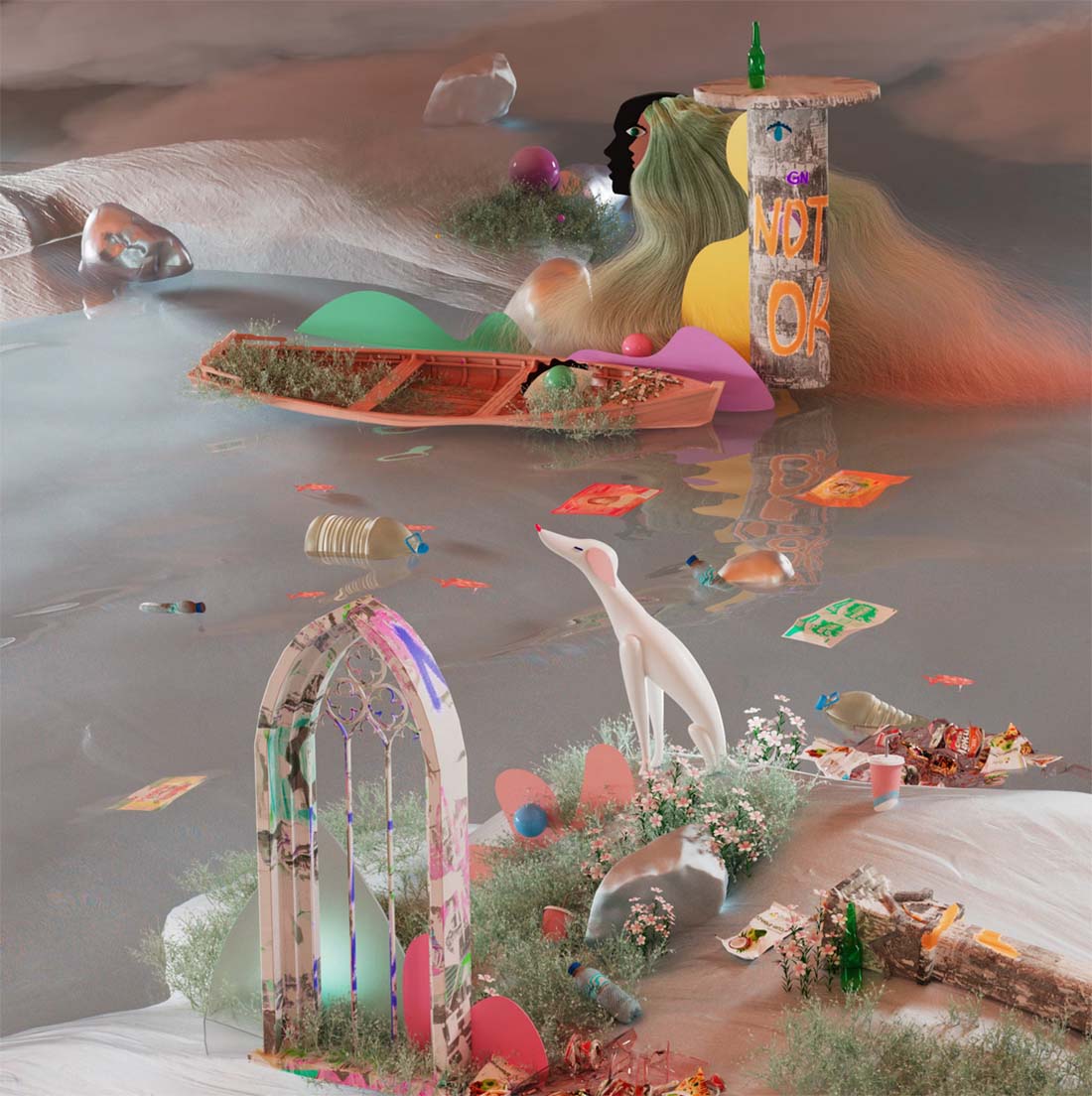
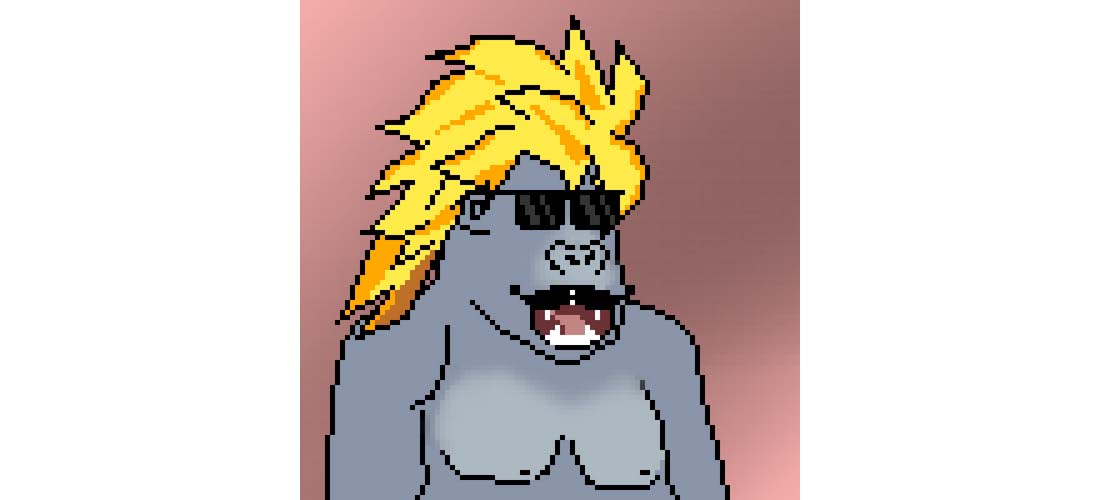
NFT stands for non-fungible token, which is a non-interchangeable unit for information or data stored in the blockchain. They can be sold or traded almost like digital playing cards.
It’s simply a way to digitize and monetize art online.
NFTs can include numerous types of data including images, video, audio, gifs, or even tweets and everything from photos to illustrations.
They are sold using cryptocurrency in the Ethereum blockchain.
Each NFT has metadata stored within the file that determines authenticity, ownership, and is used to validate transfers between parties. The value is determined by the market and supply and demand with no set rate. In this way, value is a lot like other physical art sales.
The definition from Investopedia is this:
“Non-fungible tokens or NFTs are cryptographic assets on a blockchain with unique identification codes and metadata that distinguish them from each other. Unlike cryptocurrencies, they cannot be traded or exchanged at equivalency. This differs from fungible tokens like cryptocurrencies, which are identical to each other and, therefore, can be used as a medium for commercial transactions.”
Prices for NFTs are all over the place, from a few cents to more than $1,000.
NFT Design and Art
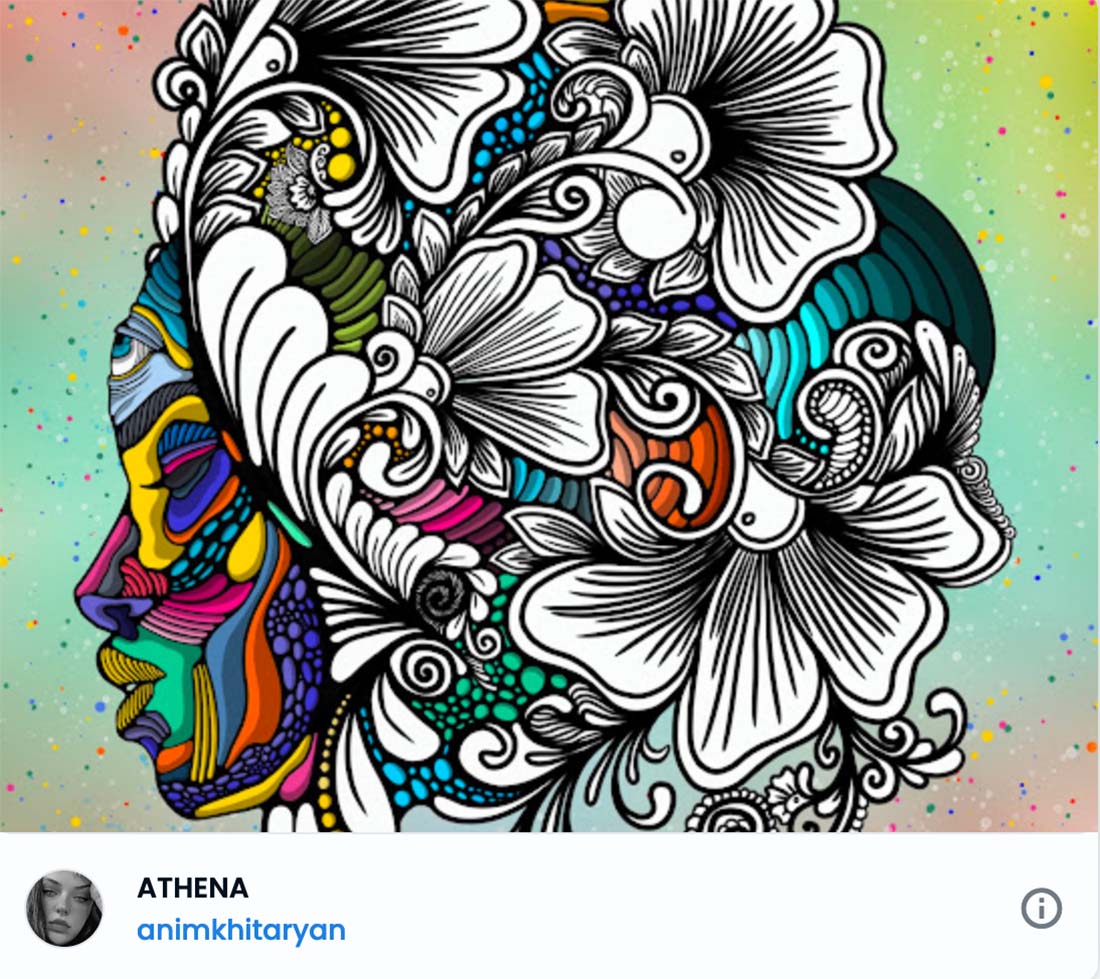
Because an NFT can be practically any form of digital art, there’s no rule to the visual elements of creation. That’s where your imagination comes in.
It is an emerging artist trading space with more pieces than you can count.
Because this art form is in the eye of the beholder, you’ll find everything from pixelated gifs to amazing compositions. And there aren’t really a lot of rules as to what “sells.”
You can even find designers willing to create NFTs for you on design marketplaces.
The challenge with NFT design and art is the long-term value and reach. This is such a new area that it’s hard to predict success or failure. Right now, it is a risk with an unknown reward.
It seems to be emerging quickly though with NFT design courses and even design firms popping up to get in on this trend.
How to Design an NFT?
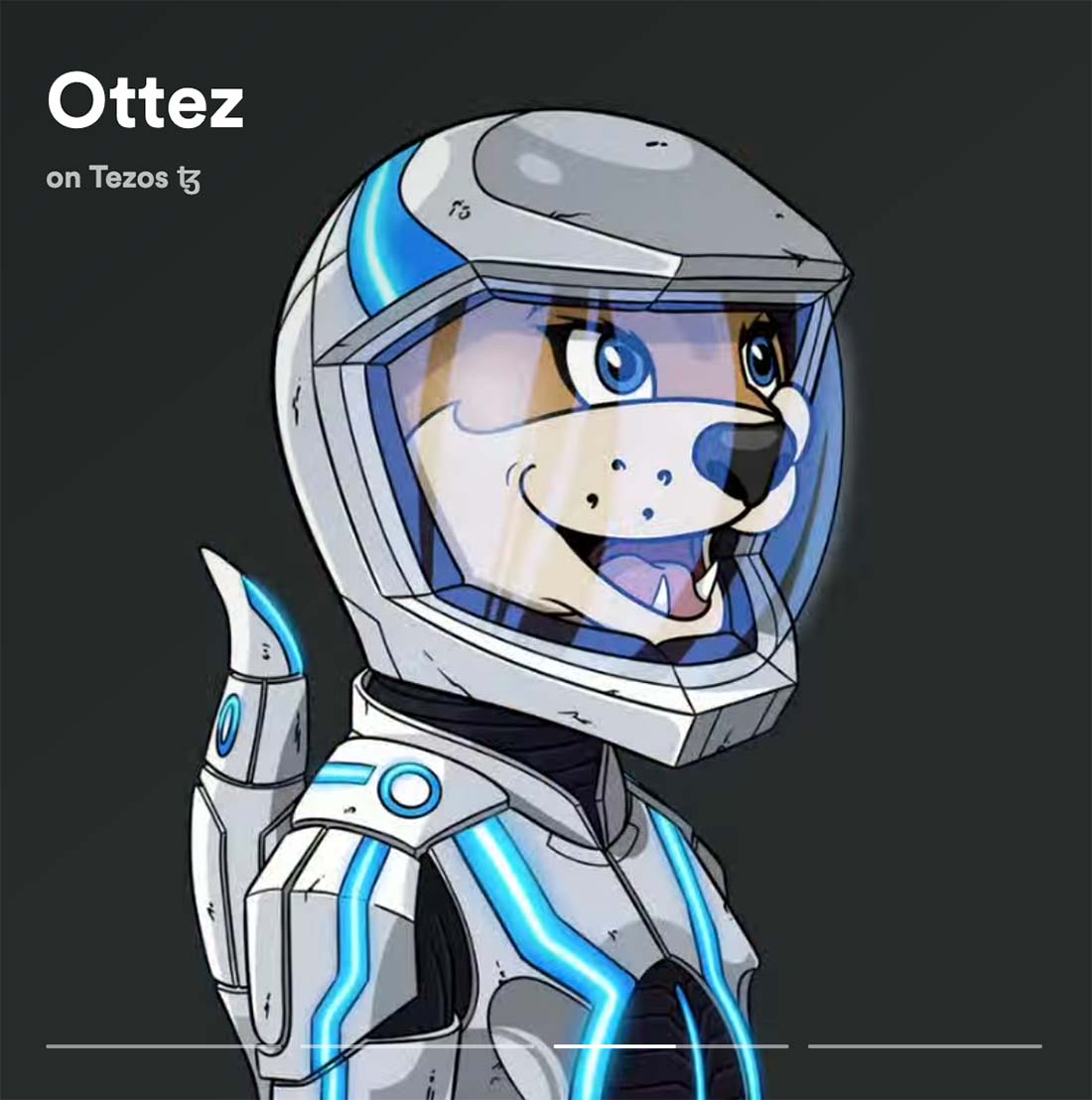
When it comes to NFTs, the actual design is probably the easy part. You can create what you want digitally.
Mintable has a pretty good guide for helping you figure out the design of your NFT.
- Start with something that represents your brand.
- Create something intentional that has purpose or meaning.
- Add value to your work with extra design elements, including swag or physical merchandise
- Understand limitations of content types or marketplaces or if your art can be converted into an NFT file format
- Exercise patience in the creative process; it’s ok to go through a little trial and error
How to Buy or Sell an NFT
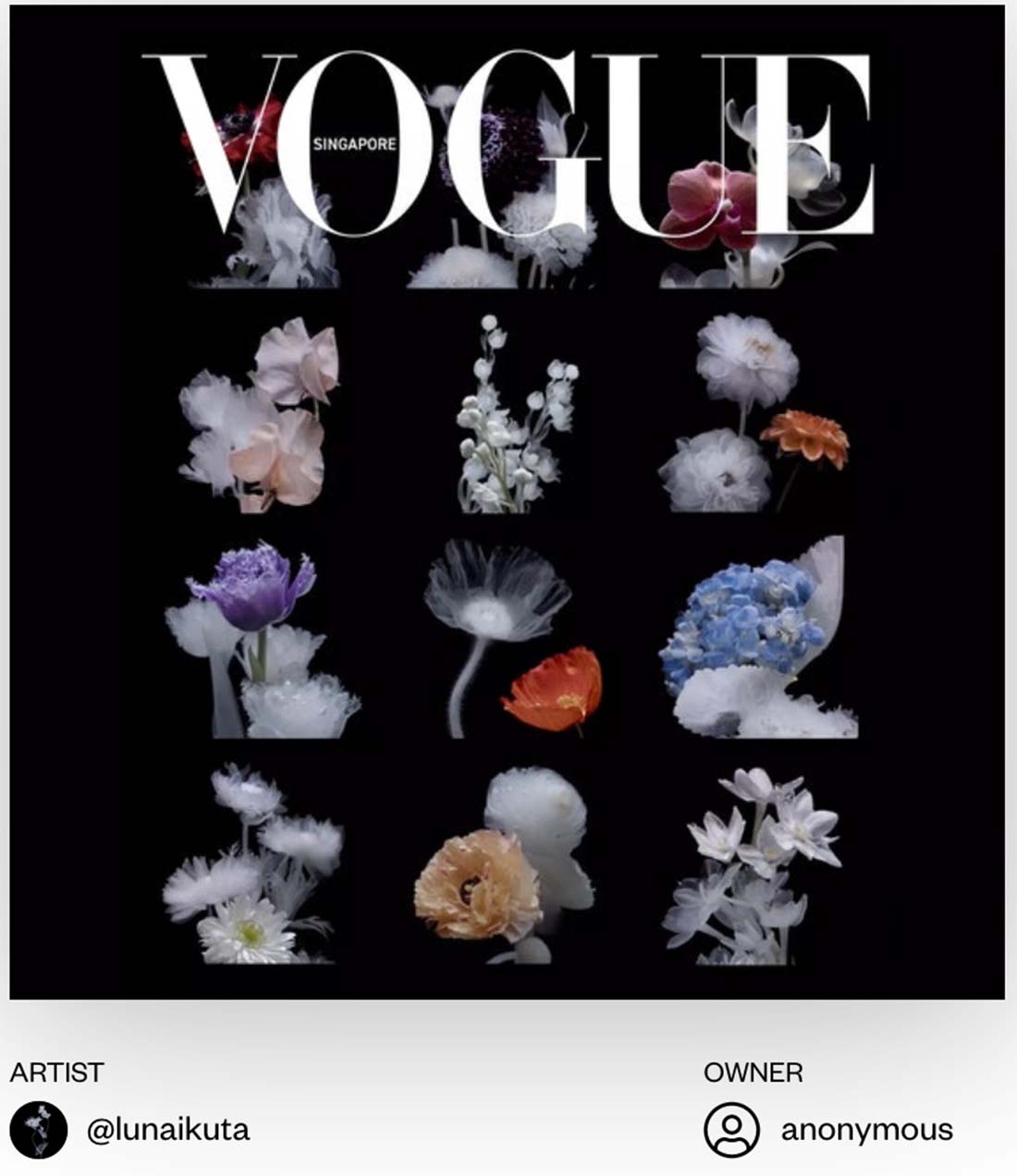
If you are ready to jump into the world of NFTs, you need to have a little understanding of cryptocurrency. Without funding in your crypto wallet, you won’t be able to buy or sell. So that’s the starting point for everything.
Once you have a digital wallet, you’ll want to make sure you have funds in it. You’ll need Ether (ETH) for almost all NFT purchases, so much sure you have the appropriate currency.
Then connect your wallet to the NFT platform or marketplace of your choosing. (There’s a list of some of the top NFT marketplaces in the next section.)
If you are looking to buy, you can start browsing for NFTs and trade, bid, or buy directly depending on what marketplace or platform you choose.
If you are selling, you’ll need to upload your digital file to the NFT creator marketplace of your choosing. Many offer free accounts and you pay for sales transactions with a percentage fee of sales and resales or a flat fee to upload (or both). Each marketplace will tell you what file types are accepted based on what you want to create.
Then you just have to work on the “sales” portion of the NFT – pricing or auctions, a description of the NFT – and then you are ready to list.
Here’s the catch: While digital art might not cost you anything to create, selling an NFT is not free. Currencies fluctuate all the time and many of these platforms work in bubbles. Navigate with care.
Top NFT Marketplaces
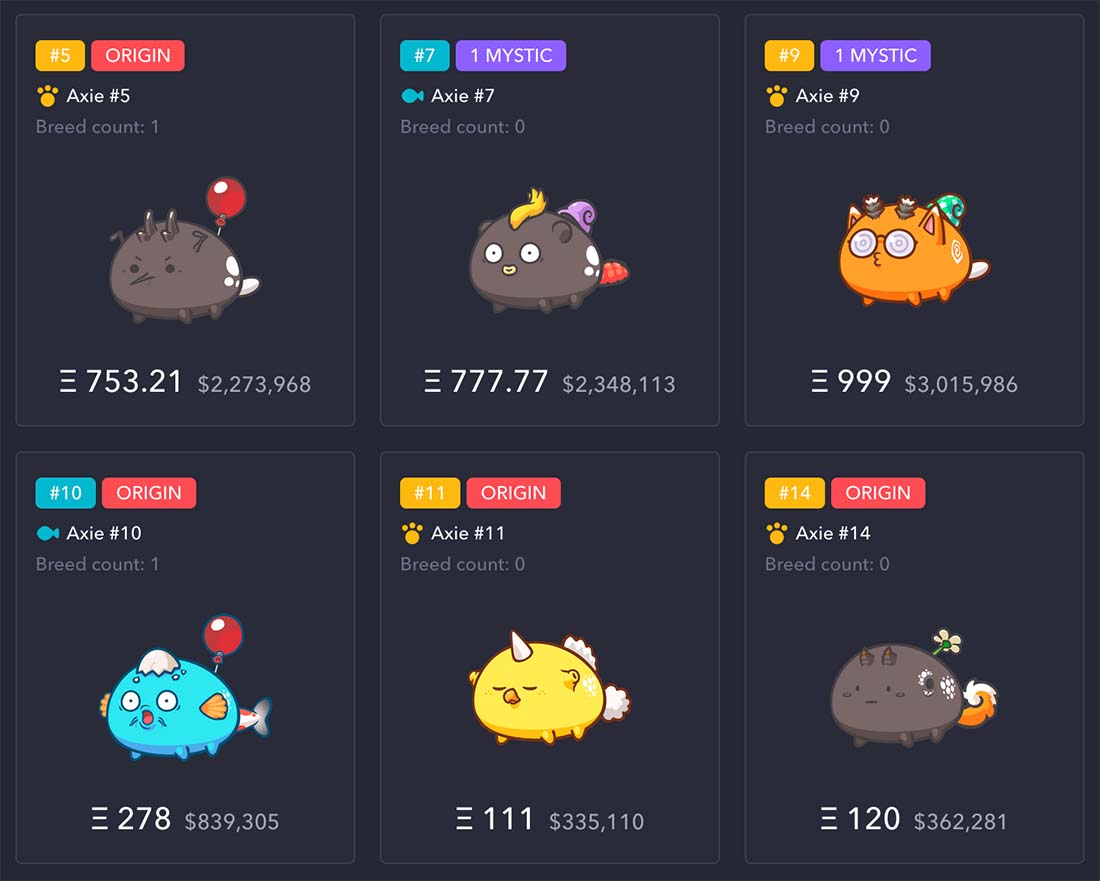
The number of places to buy, sell, and trade NFTs seems to be growing by the day, but the best place to start is with a better-known, reputable marketplace. Here are a few options to help you get started and explore the world of NFTs.
- OpenSea: NFT leader with all types of digital assets and free signup; also accepts more than 150 payment tokens; known as the first NFT marketplace
- Rarible: Large marketplace that has all types of NFTs; it uses its own token for purchases
- SuperRare: Made for artists, this is the marketplace for authenticated digital art
- Mintable: With Mark Cuban behind it, this marketplace is growing and accessible as a place to buy, sell, and mint (create) your own NFTs
- Nifty Gateway: Platform that’s popular with digital artists and musicians; this marketplace also hosts your NFTs
- Foundation: No-frills marketplace for digital artists; probably not the best place for beginners
- Axie Marketplace: For the video game Axie Infinity to purchase Axie Shards
Conclusion
NFTs are an emerging and trending technology that comes with almost as many questions as answers right now. The one thing that is clear is that it does provide a creative outlet if this space appeals to you.
